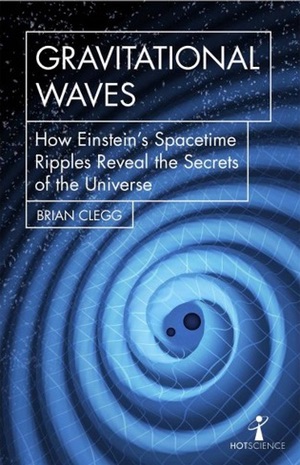Review: Gravitational Wavesby Jeff Foust
|
| “By detecting gravitational waves and pushing back the boundaries of our understanding, we confirm the strength of the human spirit,” he writes at the book’s conclusion. |
Gravitational waves have become a popular topic in the last few years, thanks to the detections of them by the Laser Interferometer Gravitational-Wave Observatory (LIGO) after decades of work. And while much has been written about that discovery and the science of gravitational waves, it can be difficult to get a concise overview.
Gravitational Waves by British science writer Brian Clegg attempts to do just that. In less than 200 pages, he offers an overview of what gravitational waves are, past efforts to detect them, and the LIGO discovery. It’s familiar reading for those who have followed the field in the last few years, but it makes for a good introduction at a level accessible for general readers rather than scientists.
There’s not much new in the book, and Clegg relies on other published accounts of the LIGO discovery and research in the field rather than doing much in the way of his own interviews or reporting. That’s fine so long as you’re a beginner to the subject and are looking for a broad overview, rather that someone already familiar with the topic and looking for new insights or angles.
Clegg, though, offers a little bit of opinion on the topic, particularly in the final chapter. He does a little soul-searching to ask the question of whether LIGO, whose overall cost exceeds $1 billion, is worth the expense. That includes some criticism of the International Space Station, which arguably was saved 25 years ago at the expense of the Superconducting Super Collider. “Instead of spending significantly less than the Large Hadron Collider for an arguably better piece of equipment, ten times the cost of the SSC has now been spent on the Space Station with no significant scientific outcomes whatsoever,” he argues. (The ISS, of course, has never been exclusively or primarily a science project, unlike the SSC and LIGO.)
He concludes it’s worthwhile to spend funds on projects like LIGO even if there is no payoff beyond science. “By detecting gravitational waves and pushing back the boundaries of our understanding, we confirm the strength of the human spirit,” he writes at the book’s conclusion. That is, perhaps, a very different kind of multimessenger astronomy.
Note: we are temporarily moderating all comments subcommitted to deal with a surge in spam.
